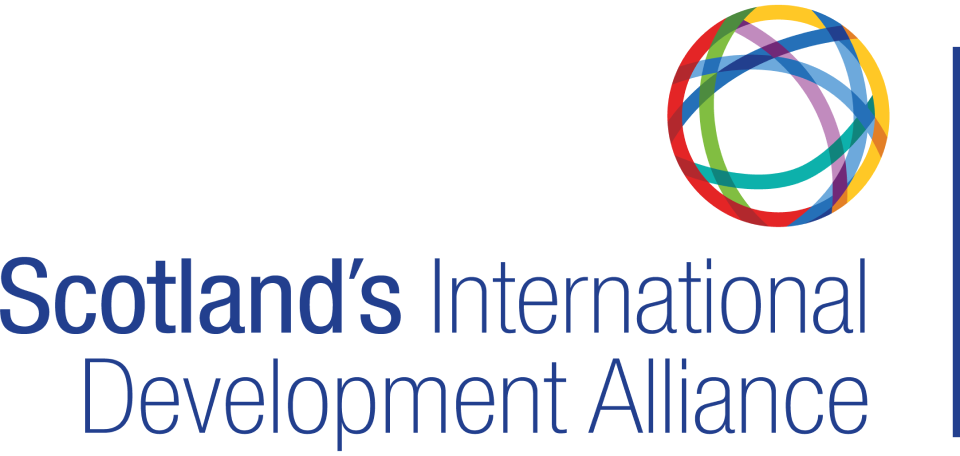We use images in countless ways in our international development and humanitarian work. Images pervade our ways of working, from the photos covering our websites and social media channels accompanying fundraising appeals, to the photos of project work we share with donors in our annual reports. Thousands of images and moving graphics are posted on social media channels each year by charities and projects; we add images and icons to email footers, and photos cover the presentations we make both in-person and digitally.
Any yet do we always stop and think about all the images we use – where they come from, how to credit them, and how to make them accessible? What themes do they represent, and what stories do they tell?
The power of an image to tell a story in a noisy digital world is incredibly valuable. An image is worth a thousand words and can help convey our organisational aims and values. However, an image can have many interpretations by different audiences, and the wrong image, or a stock photo chosen quickly and carelessly, can reinforce power imbalances and worsen the inequalities that we are all trying to redress across the international development and humanitarian community.
Here at the Alliance, we wanted to gather together a list of resources to help you begin a reflective journey, asking am I using the right image and is it ethical?
Why is it important to think about the images we use?
- This 2020 blog from our member Christian Aid describes the challenges of choosing the right image, and how much information an image can convey
- Social Media For Development’s December 2018 blog explores research with Radi-Aid into how communities receiving aid experienced the use of images in NGO fundraising
- Bond’s 2015 blog by Ian McLelland No More Flies in their Eyes summarises a lot of the key issues around NGO imaging and signposts areas for improvement
Reflecting on authenticity in storytelling and imagery
- Bond’s February 2020 podcast on storytelling and imagery in the NGO sector discusses the ways fundraising narratives can perpetuate stereotypes and disempower the very people they seek to support
- Bond’s People in the Pictures Group hosted a webinar in September 2020 which expands on this theme with a focus on how it relates to race and racial stereotypes
Exploring what informed consent means
Do the people in your photographs know how you are using their image and do they take an active part in deciding on that use? Do participants know that they can withdraw their consent at any time? These resources will help you to unpick what informed consent means in reality:
- Save the Children offers an accessible, readable guide about the practicalities of informed consent from 2015, aiming to give participants agency over how their images are used
- Save the Children’s People In The Pictures research report from 2017, is a comprehensive look at its use and collection of images. It explores informed consent (focusing on the process being a dialogue instead of simply filling in a form), decision-making, and the long-term effects identified from the use of their images
What do positive and negative ways of using imagery look like?
- Running between 2013-2017, Radi-Aid Awards showcased the best and the worst of charity messaging. The Golden Radiator was won by videos that tackled stereotypes and built empathy, whilst the Rusty Radiator award went to the most stereotypical and dehumanising videos as voted by viewers. The jury’s commentary is posted alongside each shortlisted video, offering some helpful pointers on where organisations go wrong with messaging and how these issues can be addressed.
- This panel discussion from Hub Cymru Africa’s October 2020 Health for All conference covers steps taken to decolonise and update the use of photographs in health projects, and different approaches to putting the story back in the hands of the people the projects serve
Guidance documents and checklists
- The 2007 Dóchas code of conduct on image use offers a clear set of guidelines to help you make decisions about which images and messages to choose in your communication while maintaining full respect for human dignity
- Bond’s People in the Pictures manual from 2019, builds on the Dóchas code to create a set of updated guidelines for general NGO image use and includes a Statement of Ethical Practice
- This 2016 blog by WaterAid summarises their principles on image use and provides links to their full image use policy
- Radi-Aid offers a social media checklist and guide to help you think before you post
- WC3 offer tips and tricks for writing image alt text for digital screen readers
Finding inclusive and ethical stock imagery
Not every image we use in our communications is necessarily a photo of our project work. Often, we just need a stock photo, an illustration or an icon to brighten up a piece of design. The fact that it is stock image, doesn’t mean we don’t need to think about the messages the image sends. Here are some starting points for finding ethical and diverse stock images that meet the values discussed above:
- This blog from walls.io compares 13 free sources for diverse stock imagery, and offers advice on using stock responsibly
- The Noun Project provides photos and millions of free graphic icons showing a diversity of figures, settings and cultural signifiers, provided under Creative Commons licenses
- Climate Visuals is a photography bank of evidence-based climate change focused images
Finding further support and training
- The Alliance is working to support our members build their learning and develop a reflective approach to image use. Our Ethical Photography workshop in October 2020 with Catriona Knapman, introduced a range of issues and considerations associated with image use
- Bond offer training, including an unpcoming course on ethical photography and storytelling coming up in March 2021
- PhotoVoice run training on participatory photography, offering an approach to building own-voice photography projects with project participants and their statement of ethical practice outlines their approach
- InsightShare have a range of courses about participatory video projects and a resource on rights based approaches to participatory video which offers an in-depth look at the considerations, process and tools to build participatory image projects
- AbilityNet offer training and resources about improving accessibility, including their upcoming course about creating accessible graphics and social content in March 2021
Inspired to share examples of responsible photography or image resources that have helped you in your work? Want to talk to fellow Alliance members about your use of images? Members can join the Alliance Community’s communications discussion space or you can get in touch with us admin@intdevalliance.scot We are also planning more resources and events over the coming months, please keep an eye on the upcoming events page of our website for opportunities to learn more.

